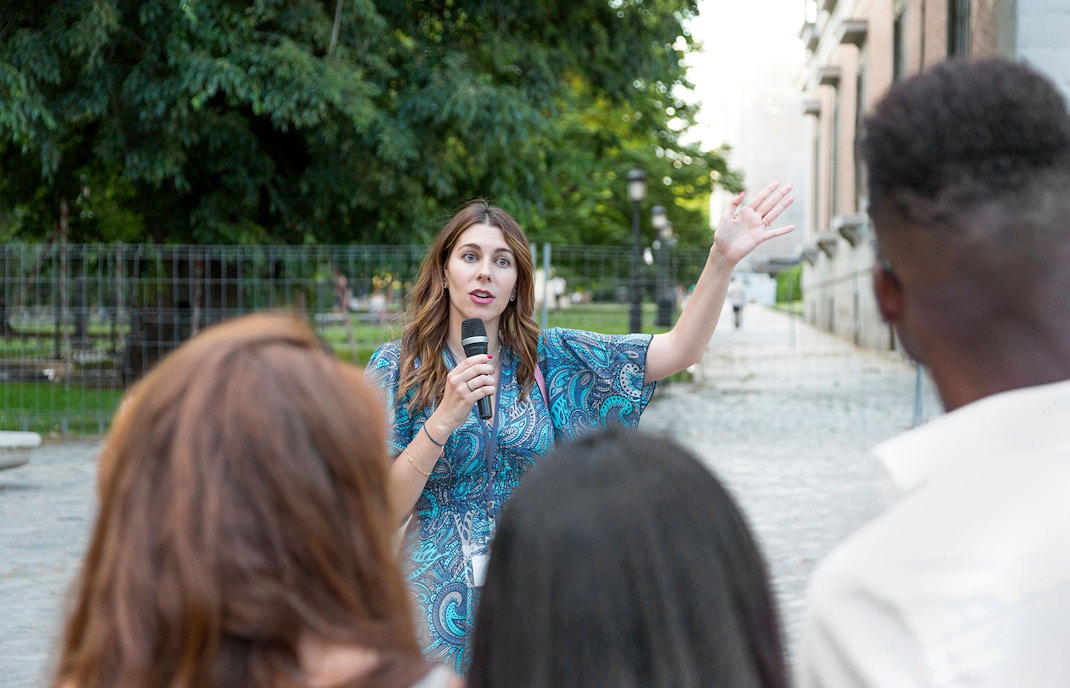King Henry VI was the first to be buried at Windsor Castle in 1484. He was followed by King Edward IV in 1483 and Queen Elizabeth Woodville in 1492. Following his execution in 1649, Charles I was buried in a small vault in the center of the choir, which also contained the coffins of Henry VIII and Queen Jane in 1547.




















